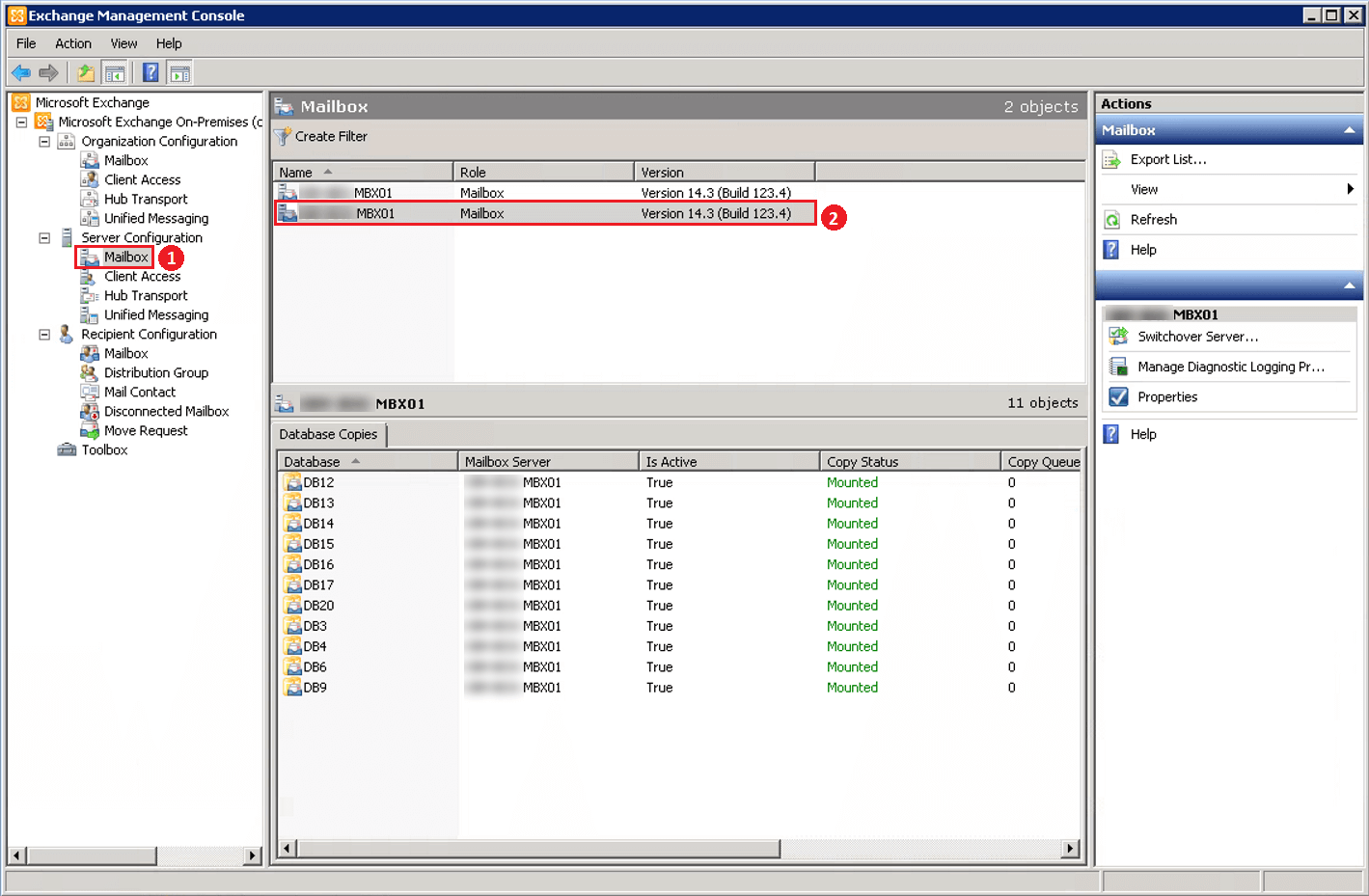
- #EXCHANGE 2010 POWERSHELL HOW TO#
- #EXCHANGE 2010 POWERSHELL ZIP FILE#
- #EXCHANGE 2010 POWERSHELL OFFLINE#
We recommend extracting these to the Desktop or a new directory all together. I have also created a batch file to execute the Powershell script.
#EXCHANGE 2010 POWERSHELL HOW TO#
In this write-up, we have provide the complete information on how to repair corrupted mailbox Exchange 2010 by using the solution provide here. edb file mailboxes and export it to the desired export option. The Script works fine by itself, I have executed it as the tidal users on the Tidal Server. Preview the recovered Exchange database mailboxes > Click on export button.

#EXCHANGE 2010 POWERSHELL OFFLINE#
The Exchange Management Tools are installed on the Tidal Server. Search, Recover, & Extract Mailboxes, Folders, & Email Items from Offline Exchange Mailbox and Public Folder EDBs and Live Exchange Servers or Import/Migrate direct from Offline EDB to Any Production Exchange Server, even cross version i.e. Hello, I have a PowerShell Script which calls PSSnapins for Exchange tools. In Exchange 2013/2016/2019, you can do it through both ways. Running Exchange 2010 PowerShell Scripts.
#EXCHANGE 2010 POWERSHELL ZIP FILE#
Search, Recover, & Extract Mailboxes, Folders, & Email Items from Offline Exchange Mailbox and Public Folder EDB's and Live Exchange Servers or Import/Migrate direct from Offline EDB to Any Production Exchange Server, even cross version i.e. Certificate Installation: Exchange 2010 (PowerShell) Once you receive your certificate issuance ZIP file, extract the file (s) contained in the ZIP file to the server. In Exchange 2010, it’s only possible to do it with PowerShell. You can tell it to Delete or Purge the items or to first export to PST and then Delete or Purge the items Exchange 2010 Mailboxes Size Report Using Powershell Exchange 2010 Mailboxes Size Report Powershell If you want to know the individual size or everyone’s mailbox size then the following commands will be able to show you the mailbox size and export the data using. NOTE: In your particular case you can use DigiScope to connect to the Production database and either manually select and delete/purge items OR to run a search based on the desired criteria and then when items are found that match that criteria other option would be to use a 3rd party product like Lucid8's DigiScope which has the ability to open any offline Exchange Database so that youĬan Browse, Search, Export Mailboxes, Folders and Items to PST & MSG or in your particular case to Recover/Import/Migrate data directly from any Offline Exchange database to ANY Production Exchange server, even cross version i.e. you need to ensure you are using an account that has rights assigned else you will get the unknown cmdlet response, check this article outĢ. Exchange 2010 ships with a well-defined PowerShell 2.0 web service that allows you to manage and automate administrative tasks using a remote session. There are many other options which you can include, instead of using a name (in our case Jane), you could use position, meaning that you could add Calendar permissions to our Personal of every person who has the role Manager in the Boston Office.1. For example, you may want add permissions to PA of every Girl whose name starts with Jane and works in the Boston office. Remove-MailboxFolderPermission -identity “ManagingDirector:\Calendar” -user “oldPA”

So here I recommend you could try to ask in PowerShell forum. To that you can use the following command: Actually, I am not very familiar with PowerShell, the best place to get assistance with questions about this problem is a forum that specializes in PowerShell.

If Managing director had PA in the past, you may want to remove that access. You can use Editor instead of Reviewer for more access. This command will grant Calendar access, with level reviewer to his Personal Assitant.


 0 kommentar(er)
0 kommentar(er)
